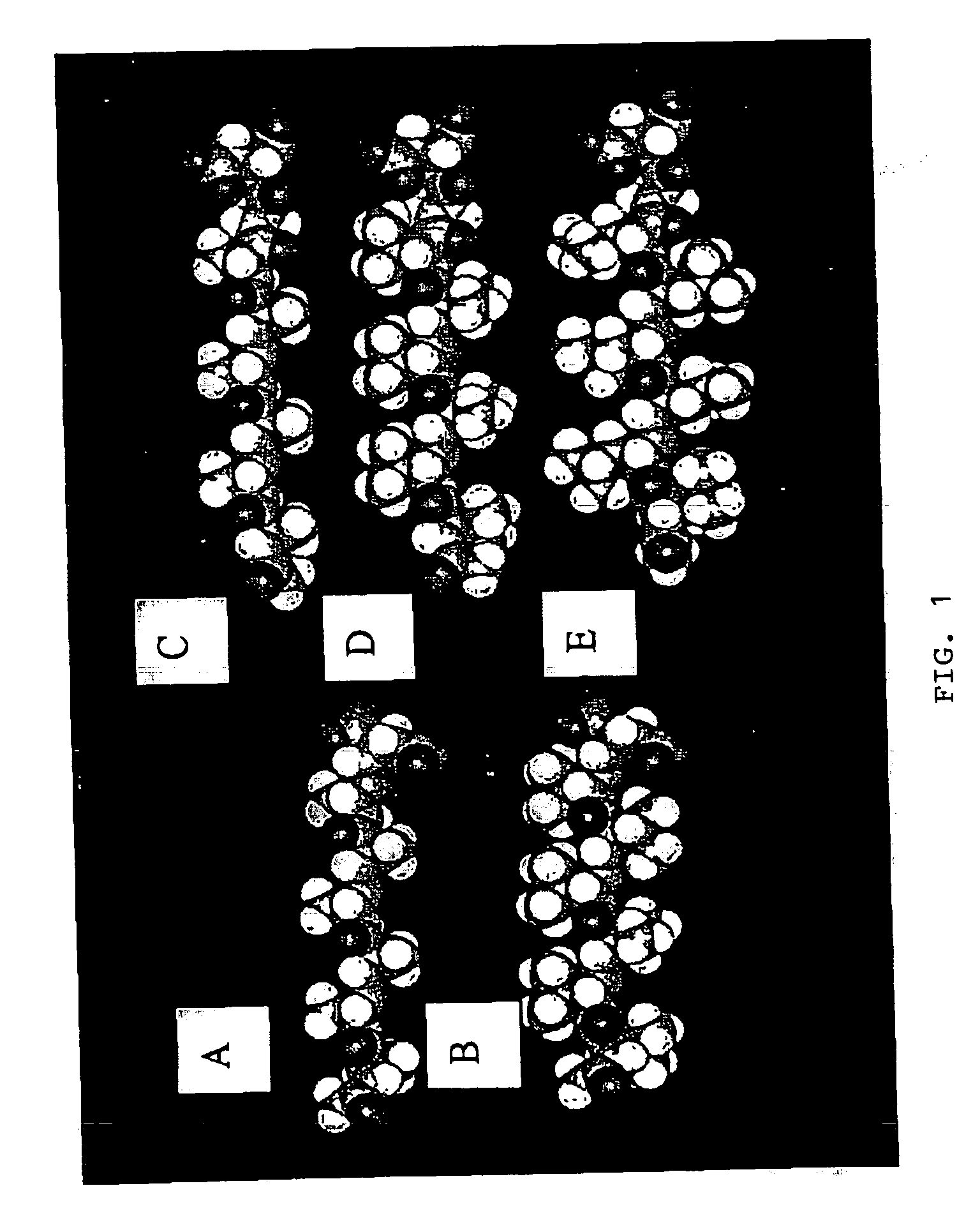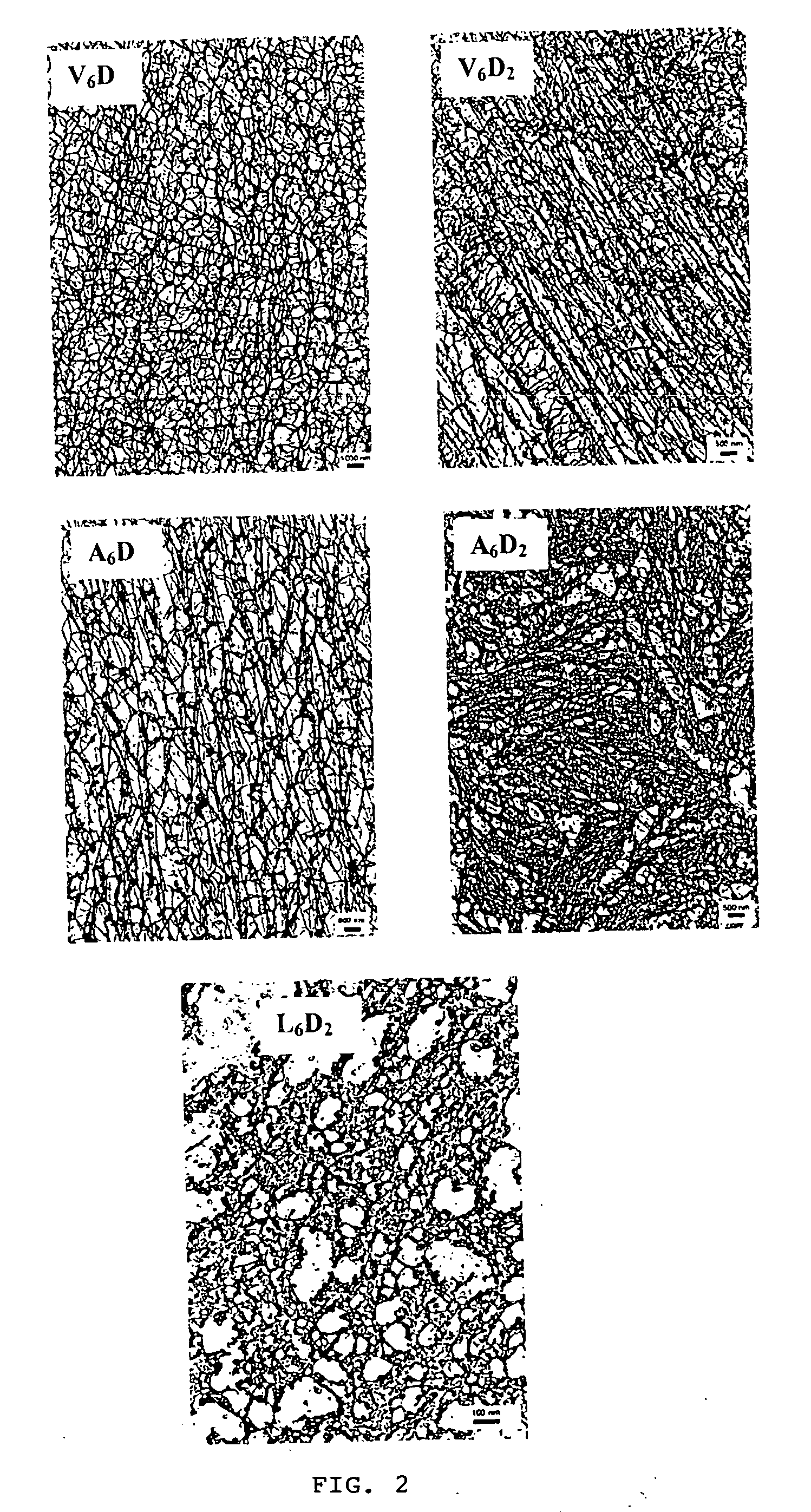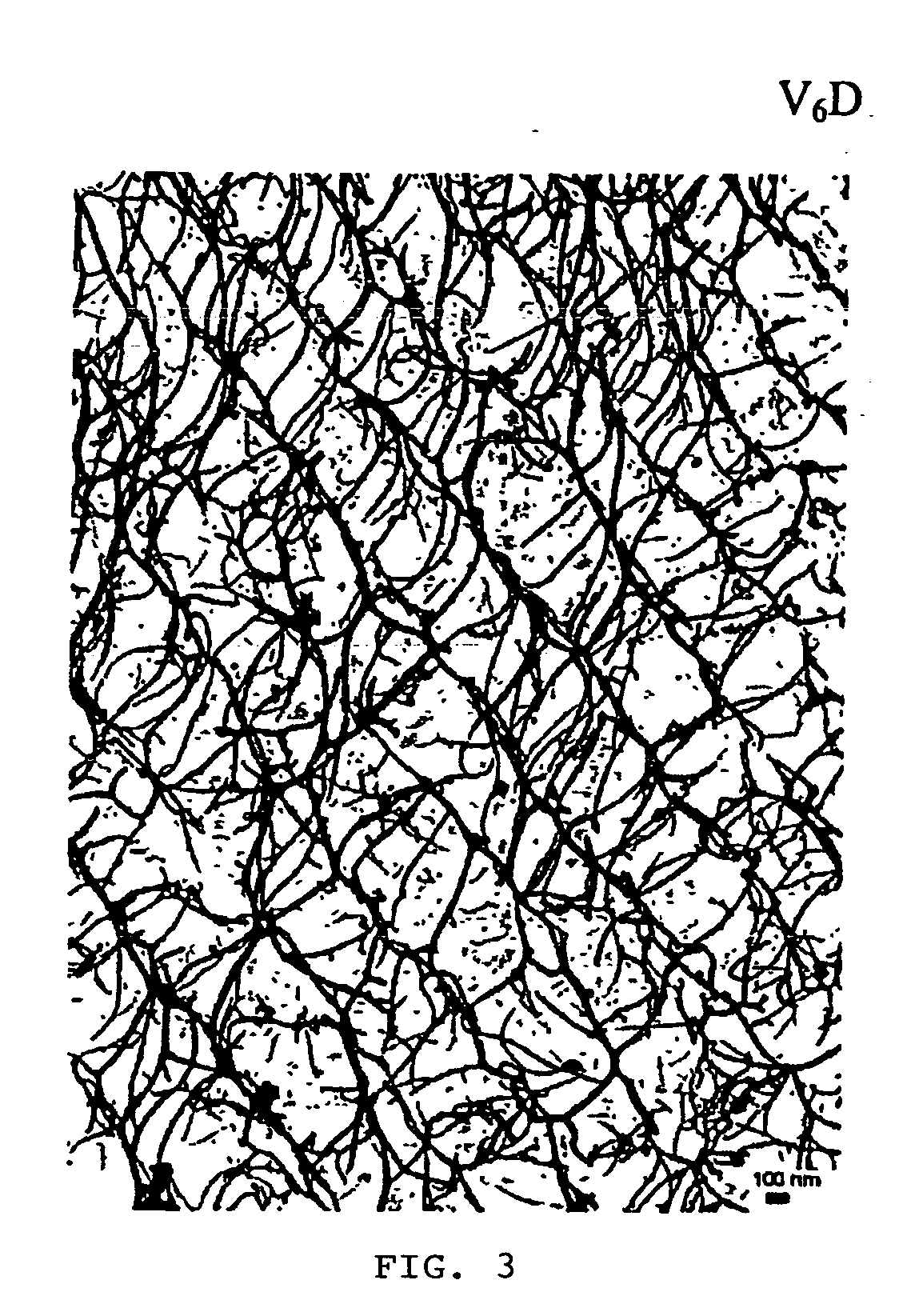Surfactant peptide nanostructures, and uses thereof
- Summary
- Abstract
- Description
- Claims
- Application Information
AI Technical Summary
Benefits of technology
Problems solved by technology
Method used
Image
Examples
Embodiment Construction
[0029] The present invention aims to describe the extraordinary self-assembly behavior of a new type of surfactant-like peptides. This class of peptides has been designed and investigated for their ability to spontaneously self-assemble to form stable nanotubes. These short peptides (7 to 8 amino acids) have a structure very similar to those observed in surfactant molecules with a defined hydrophilic head group constituted of charged amino acids and a lipophilic tail made out of hydrophobic amino acids such as alanine, valine, isoleucine or leucine. As a result, when dispersed in water, the amphiphilic peptides tend to self-assemble in order to isolate the hydrophobic tail from the contact with water. The common feature for this self-assembly is the formation of a polar interface, which separates the hydrocarbon and water regions.
Definitions
[0030] For convenience, certain terms employed in the specification, examples, and appended claims are collected here.
[0031] The amino acids...
PUM
| Property | Measurement | Unit |
|---|---|---|
| Force | aaaaa | aaaaa |
| Diameter | aaaaa | aaaaa |
| Linear density | aaaaa | aaaaa |
Abstract
Description
Claims
Application Information
 Login to View More
Login to View More - R&D
- Intellectual Property
- Life Sciences
- Materials
- Tech Scout
- Unparalleled Data Quality
- Higher Quality Content
- 60% Fewer Hallucinations
Browse by: Latest US Patents, China's latest patents, Technical Efficacy Thesaurus, Application Domain, Technology Topic, Popular Technical Reports.
© 2025 PatSnap. All rights reserved.Legal|Privacy policy|Modern Slavery Act Transparency Statement|Sitemap|About US| Contact US: help@patsnap.com



